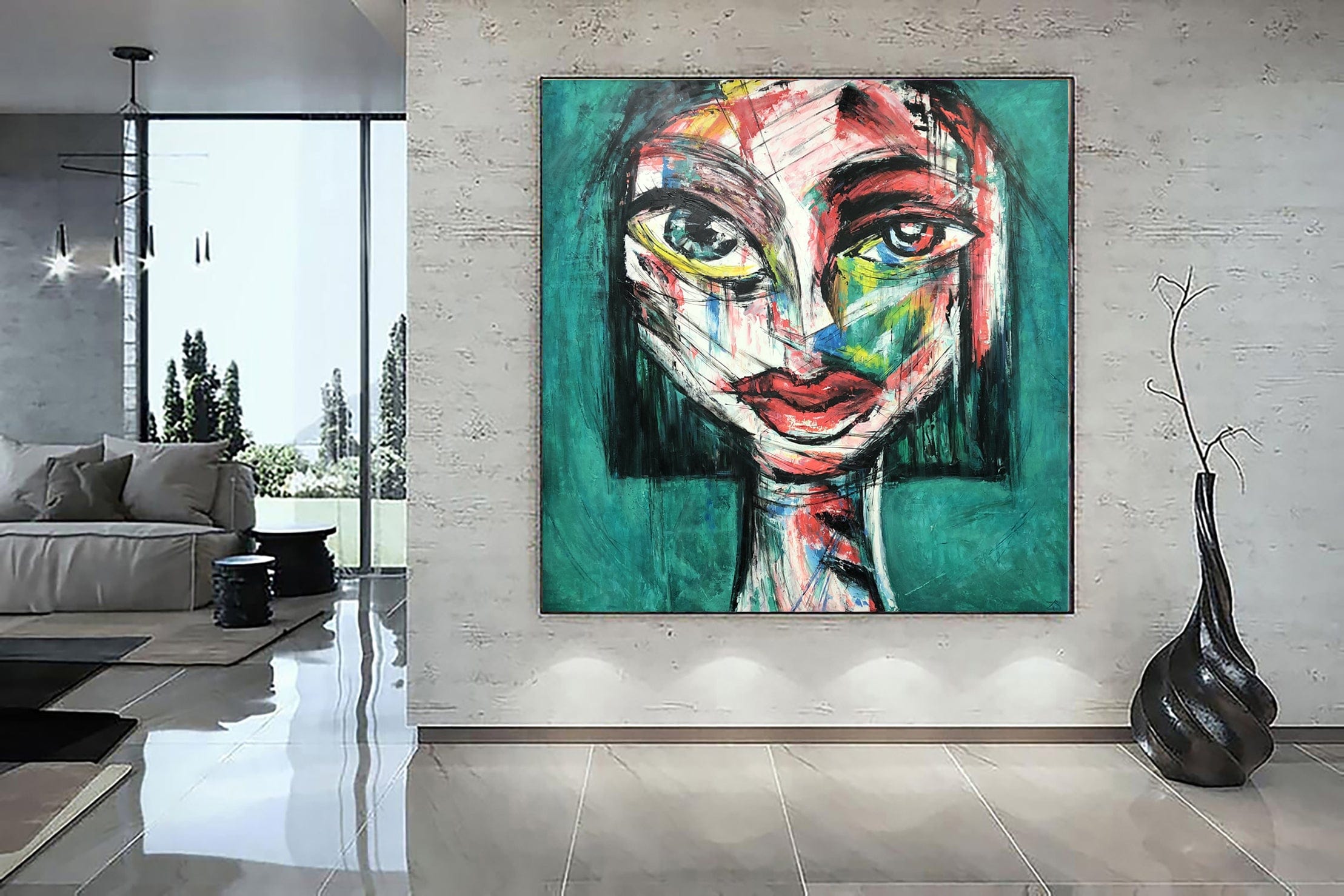When art defies convention, what happens? Pablo Picasso's 1907 painting Les Demoiselles d'Avignon changed the direction of modern art while also shocking viewers. This daring work of art defied accepted notions of beauty and perspective by showcasing five ladies wearing African-inspired masks and geometric shapes. Les Demoiselles d'Avignon is by no means a conventional piece of art; rather, it is a revolutionary statement of artistic independence that redefined the conventions of its era and opened the door for abstraction and cubism. This work continues to be a fascinating turning point in the history of originality and innovation for art lovers, students, and anybody else interested in the development of art.

What is the Historical Significance of Les Demoiselles d'Avignon?
Les Demoiselles d'Avignon was created between 1906 and 1907, amid a time of profound social change and creative innovation. Pablo Picasso was thus moving into a period of experimentation that would eventually give rise to Cubism, departing from his earlier, more conventional forms, such as his Blue and Rose Periods. Proto-Cubism, a revolutionary movement that questioned accepted conventions of perspective, shape, and representation, began with this seminal artwork.
In keeping with its controversial subject matter, the painting's initial title, The Brothel of Avignon, made direct reference to a notorious street in Barcelona's red-light district. Later on, though, the title was modified to Les Demoiselles d'Avignon in order to minimize its overt associations with prostitution. This modification made it possible for the piece to be viewed as an avant-garde statement as opposed to just a representation of a taboo topic.
The meaning of Les Demoiselles d'Avignon is found in its audacious rejection of conventional aesthetics and investigation of novel artistic vocabulary, such as those influenced by Africa and Iberia. The artwork was a pillar of modernism because of these features, which questioned Western-centric standards of beauty and art. It serves as a testament to Picasso's readiness to push limits amid a period of significant cultural and artistic change.

A Closer Look at the Masks, Colors, and Figures in Les Demoiselles d'Avignon Analysis
Pablo Picasso's daring composition, inventive use of color, and symbolic components defied accepted artistic conventions, as demonstrated by a thorough analysis of Les Demoiselles d'Avignon. The painting shows five women, perhaps prostitutes, with distorted proportions and angular forms that go against conventional notions of beauty and perspective. Picasso created the concept of Cubism, which would transform art in the 20th century, by breaking their bodies up into geometric planes.
The color palette, dominated by shades of blue, pink, and ochre, reflects Picasso’s transition from his earlier Blue and Rose Periods. The pinks and ochres add warmth while the blues produce a gloomy undertone, indicating a complicated interplay of emotions. This color scheme emphasizes the painting's revolutionary quality by adding to its unvarnished, eerie tone.
Symbolism plays a central role in understanding the artwork. Referencing its original title, The Brothel of Avignon, some interpretations see it as a representation of a brothel. Others contend that it depicts Picasso's internal conflict by fusing his aspirations and anxieties into a dramatic story. Picasso's obsession with performance and drama is also hinted at by the theatrical arrangement of the figures, which links his love of theater with art.
The influence of African and Iberian art, which is visible in the masks worn by some of the characters, is a crucial component of this examination of Pablo Picasso's Les Demoiselles d'Avignon. Picasso's propensity to integrate non-Western artistic traditions into his work is demonstrated by these masks, which represent his break from realism and his investigation of abstraction. Les Demoiselles d'Avignon was a turning point in modernism because of this choice, which not only expanded his creative vocabulary but also questioned Eurocentric conceptions of art.





































